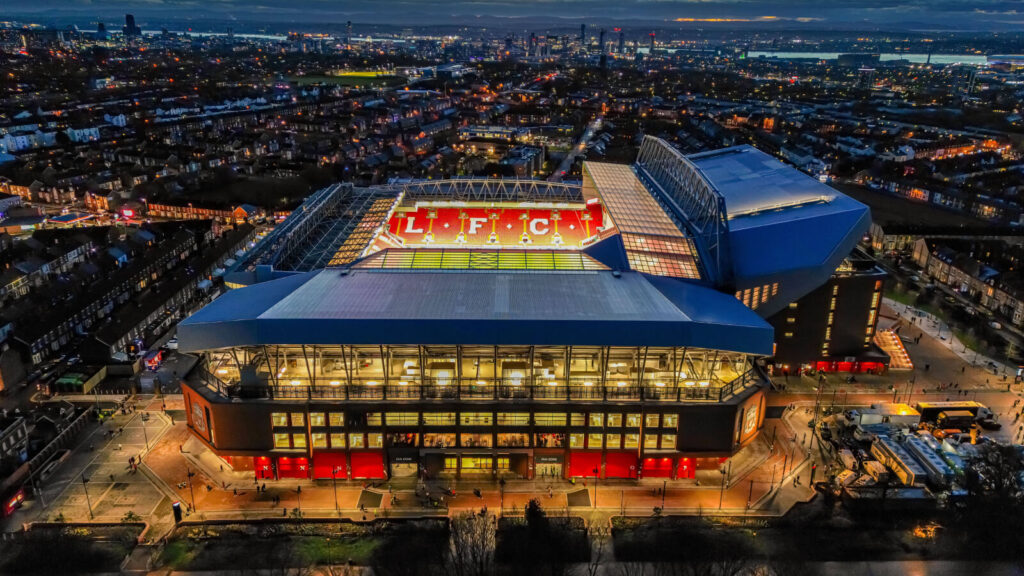Football is much more than a mere game; it is indeed a powerful symbol of identity across the globe. Teams unite people in their pride, history, and local culture. Although national teams represent a country, club football lays the foundation for the strongest emotional bonds. Clubs become banners of their cities, regions, and communities. They carry local traditions, politics, languages, and even historical struggles. From Barcelona to Napoli, football clubs express just as much about citizens as the arts of goalkeeping and dribbling.
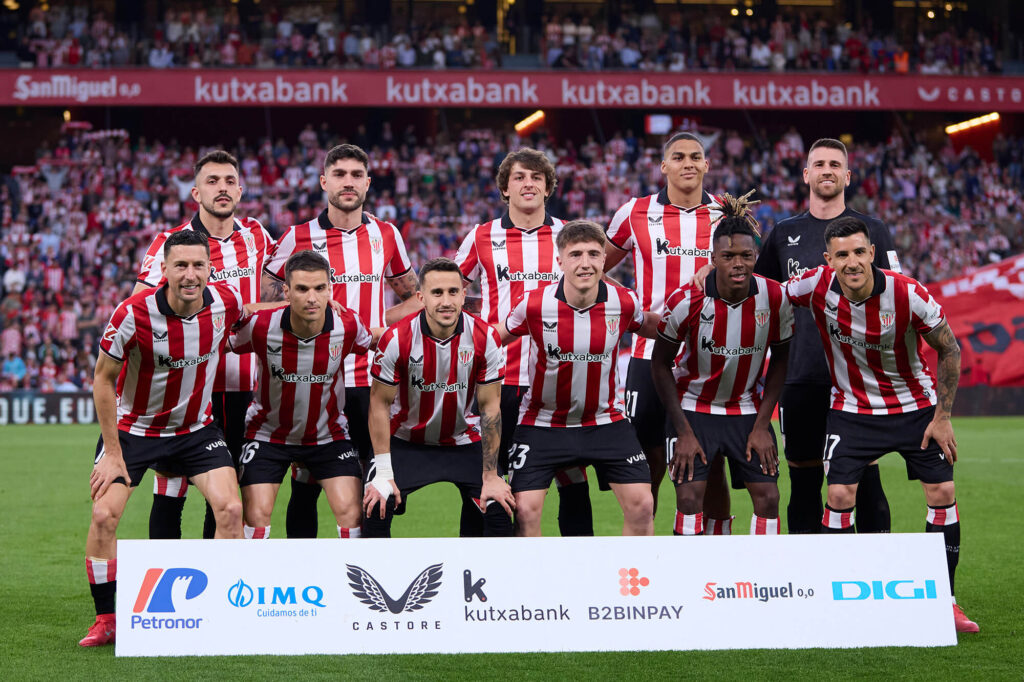
Football as a Community Identity
Every football club has a story told by the place where it was born. Whether made by railway workers, political party types, religious communities, or local youths, each club’s roots go down into real, human struggles and stories. Over time, all these clubs develop mottos, colors and customs that constitute extensions of their communities. Stadiums become the rallying places. Chants and songs become shared identities. A win brings shared joy; a loss triggers shared sorrow. Let us see how this happens with five great clubs.
Napoli – Southern Pride and Diego Maradona
SSC Napoli symbolizes the city of Naples in the south of Italy. A sector usually stereotypical and ignored by northern Italy’s political and economic powers. The identity of the club is closely associated with a sense of resistance, local pride, and southern culture.
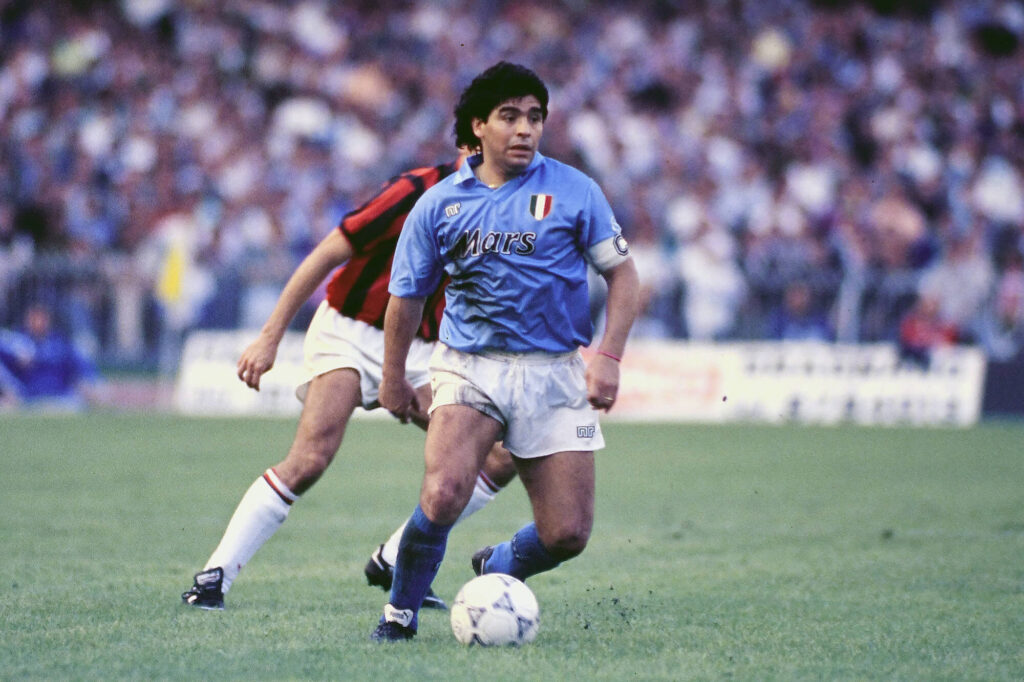
In the 1980s, Argentine legend Diego Maradona arrived at Napoli. His on-field success—helping the club to two Serie A titles—turned him into a god-like figure in Naples. But it was more than just the goals. It was his and his team’s in-your-face defiance of northern so-called “experts” and affection for the city that endeared him to the Neapolitans.
To this day, murals of Maradona cover Neapolitan walls. Fans proudly display the club’s blue colors as a badge of their southern identity. Napoli’s anthem “’O surdato ’nnammurato,” sung in Neapolitan dialect, is a reminder that this club speaks the local soul.
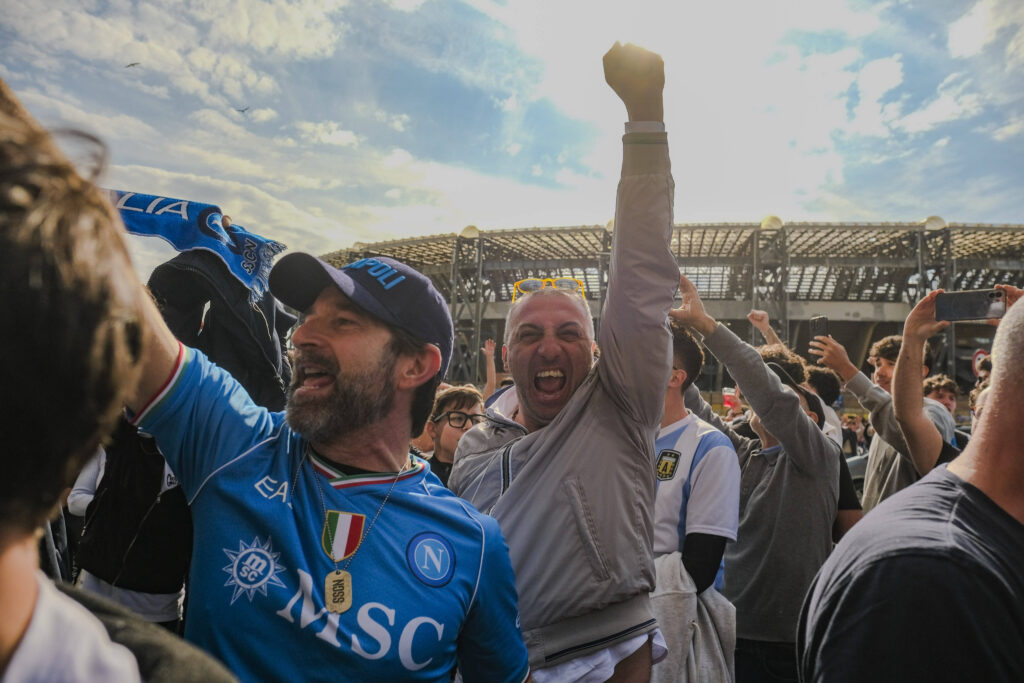
Athletic Bilbao – Basque Language and Regional Roots
Athletic Club Bilbao is a cultural icon of Basque nationalism in Spain. The team is distinctive because it has a policy of only using players from the Basque country or those who claim Basque ancestry. This was originally implemented and remains in effect today, a strong statement of regional affiliation and cultural pride.
Bilbao’s red-and-white striped jerseys and the club’s lion emblem nod to strength and courage, virtues long held close to Basque heritage. Supporters in the San Mamés stadium, nicknamed “The Cathedral,” sing chants in the Basque language. Local flags are frequently waved along the team colors.
In periods of political tension between the Basque country and the Spanish state, Athletic Bilbao became a symbol of peaceful but defiant regional resistance and cultural identity.
Celtic FC – Irish Roots and Religious Identity
Based in Glasgow, Scotland, Celtic FC was founded in 1887 by Irish Catholic immigrants to raise funds for the poor. As such, Celtic has long been a representation of Irish identity in Scotland. The club is strongly associated with the Catholic community.
The rivalry between Celtic and Rangers—called the Old Firm—is one of the most politically and religiously charged in world football. While Rangers traditionally draw support from Protestant communities, Celtic remains a cultural home for many Irish-Scots and Catholics.
The club’s green-and-white hoops, Irish flags in the crowd, and songs like “You’ll Never Walk Alone” and “The Fields of Athenry” reflect this identity. For many fans, supporting Celtic isn’t just about football—it’s about heritage, solidarity, and community.
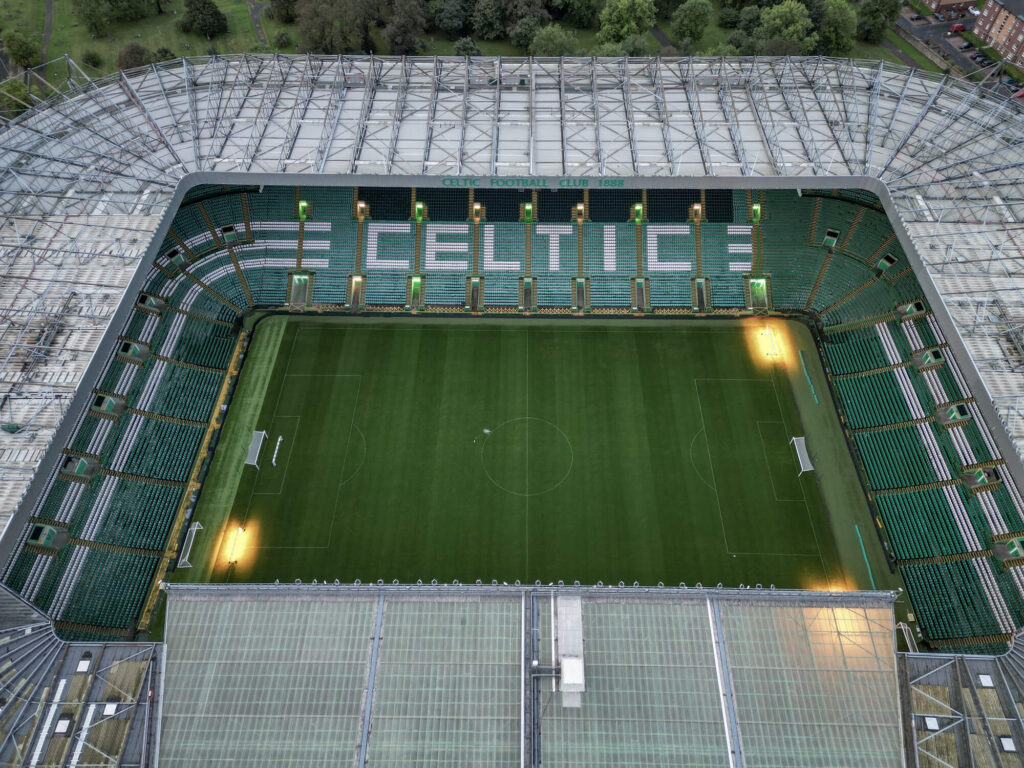
Borussia Dortmund – Working-Class Passion and Unity
Borussia Dortmund, or BVB, is based in the industrial Ruhr Valley of Germany. Founded by workers and shaped by a blue-collar spirit, the club has become a symbol of working-class pride and resilience.
Dortmund’s famous “Yellow Wall” – the Südtribüne of Signal Iduna Park – is Europe’s largest terrace for standing fans and is known for its intimidating noise, unity, and massive banners or tifos. The atmosphere created here is unmatched, symbolizing raw energy and loyalty.
The club motto, Echte Liebe (“True Love”), reflects its close bond with supporters. Despite the commercialization of modern football, Dortmund maintains a strong sense of local belonging and fan participation. It’s not just a team; it’s a cause for its people.

FC Barcelona – “More Than a Club”
Few clubs illustrate the link between football and identity better than FC Barcelona. Its motto, Més que un club (“More than a club”), is not just branding, it’s political reality. Located in Catalonia, a region with a strong movement for independence from Spain, Barcelona has long been a symbol of Catalan culture, language and autonomy.
Under the Franco dictatorship (1939–1975), the use of the Catalan language and identity was suppressed. Yet, FC Barcelona stood firm as a cultural symbol, with the Camp Nou becoming one of the few public places where Catalan could be freely spoken.
Even today, the Catalan flag waves in the stadium, and pro-independence chants ring out at the 17th minute and 14th second, referencing the 1714 fall of Catalonia. Supporting Barça, for many, is a way to affirm their Catalan identity.
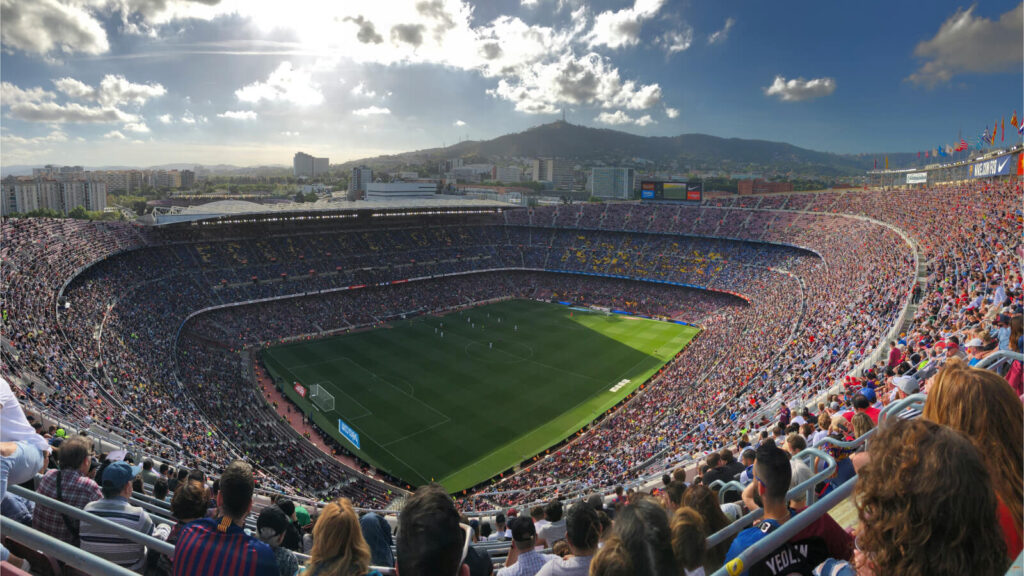
Shared Traditions and Local Symbols
Across all these clubs—and countless others—certain elements become recurring symbols of local identity:
- Colors and Badges: Napoli’s blue, Dortmund’s yellow, Celtic’s hoops – all instantly recognizable symbols that connect fans to their community.
- Stadiums: More than concrete and seats, stadiums become sacred. San Mamés, Camp Nou, and Celtic Park are known for their emotional atmospheres.
- Chants and Songs: These often use local languages or reflect regional pride. They’re passed down generations like folk songs.
- Fan Groups: Supporter groups like Barça’s Boixos Nois, Dortmund’s The Unity, and Celtic’s Green Brigade organize displays and voice social causes.
- Mottos and Values: Whether it’s “You’ll Never Walk Alone,” “Echte Liebe,” or “Més que un club,” these are expressions of belief systems rooted in place.
Clubs as Global Symbols with Local Roots
In modern times, clubs have grown into global brands. Barcelona has fans in Tokyo, Naples shirts are sold in New York, and Dortmund jerseys can be seen in India. But at the heart of every club lies a city and a story.
The challenge for many clubs today is how to remain authentic while also expanding commercially. Some, like Bilbao, resist global trends to preserve local rules. Others, like Barcelona, try to maintain their cultural identity while engaging fans worldwide. No matter how global football becomes, the local pulse continues to beat through club traditions, songs, and shared values.
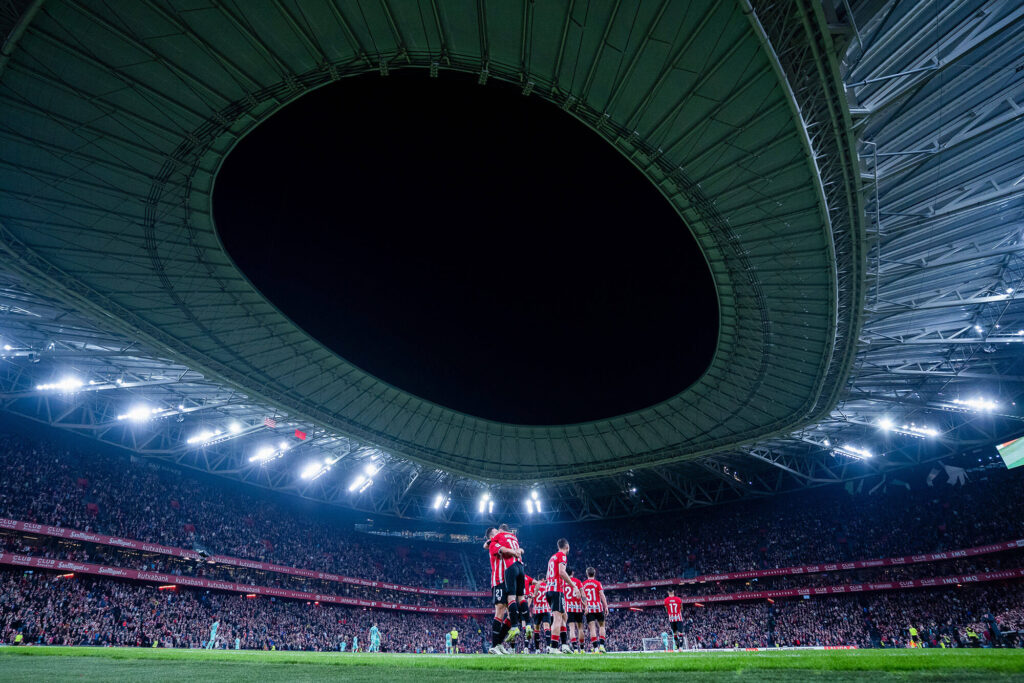
Why It Matters
Football clubs do not just represent points on a league table—they represent history, people, struggles, pride, and hope. Whether it’s a Neapolitan cheering for Maradona’s memory, a Basque child dreaming of playing for Athletic, or a Catalan shouting “Visca el Barça!”—these moments are tied to a deeper sense of identity.
When a fan puts on a jersey, they’re not just supporting a team. They’re wearing their city, their language, their story. And in doing so, they remind the world that football isn’t just played—it’s lived.
